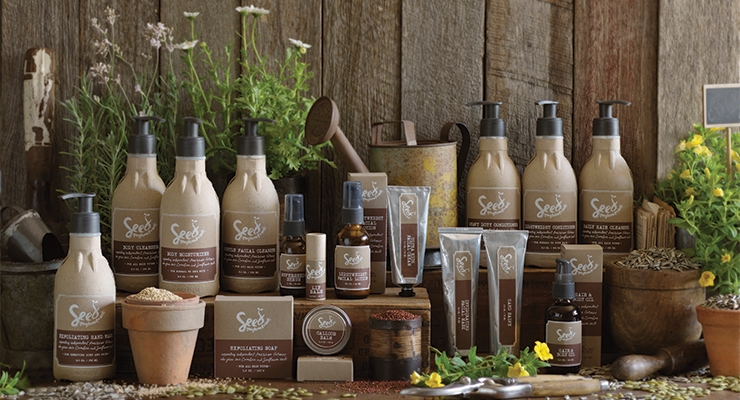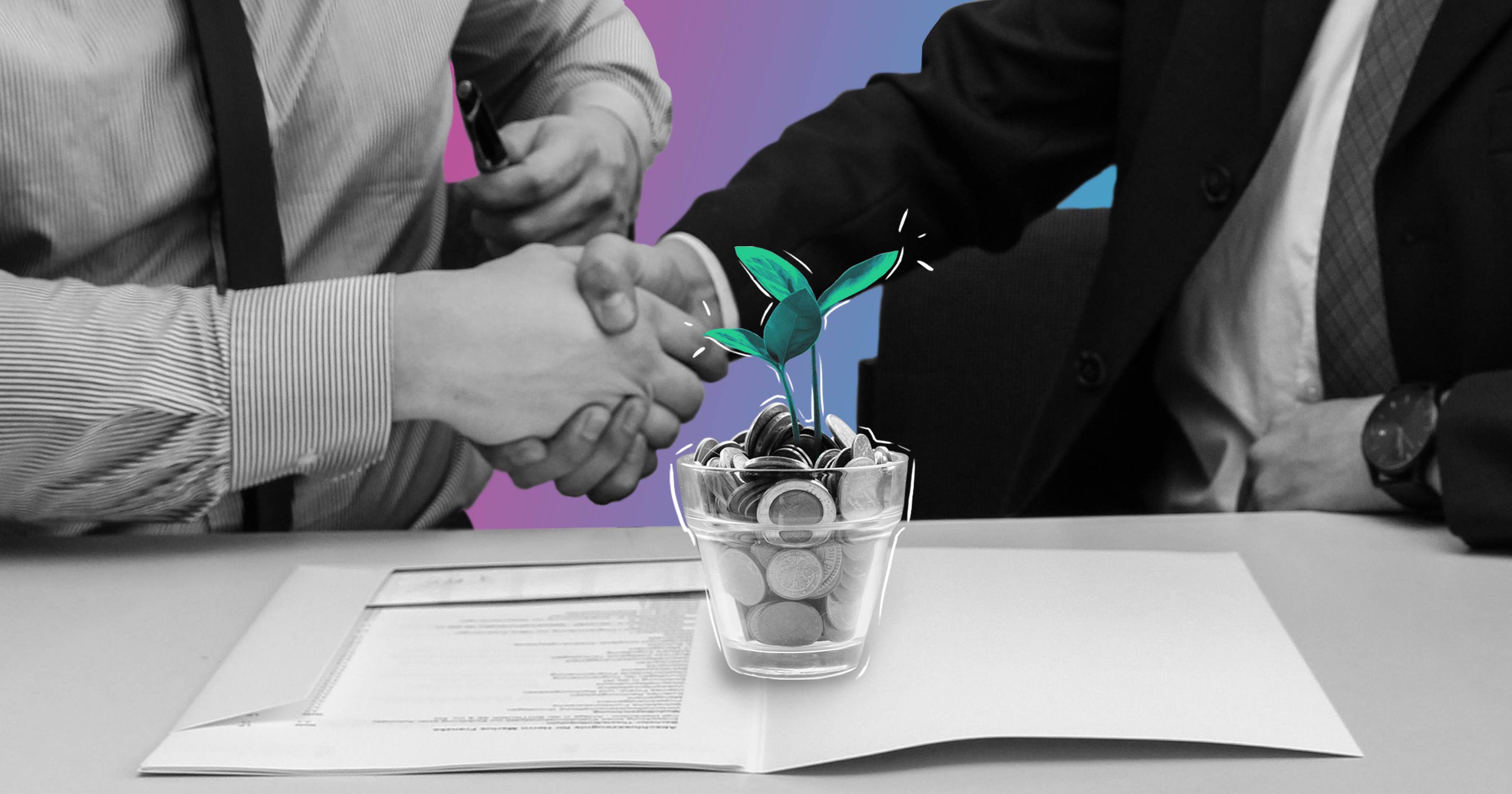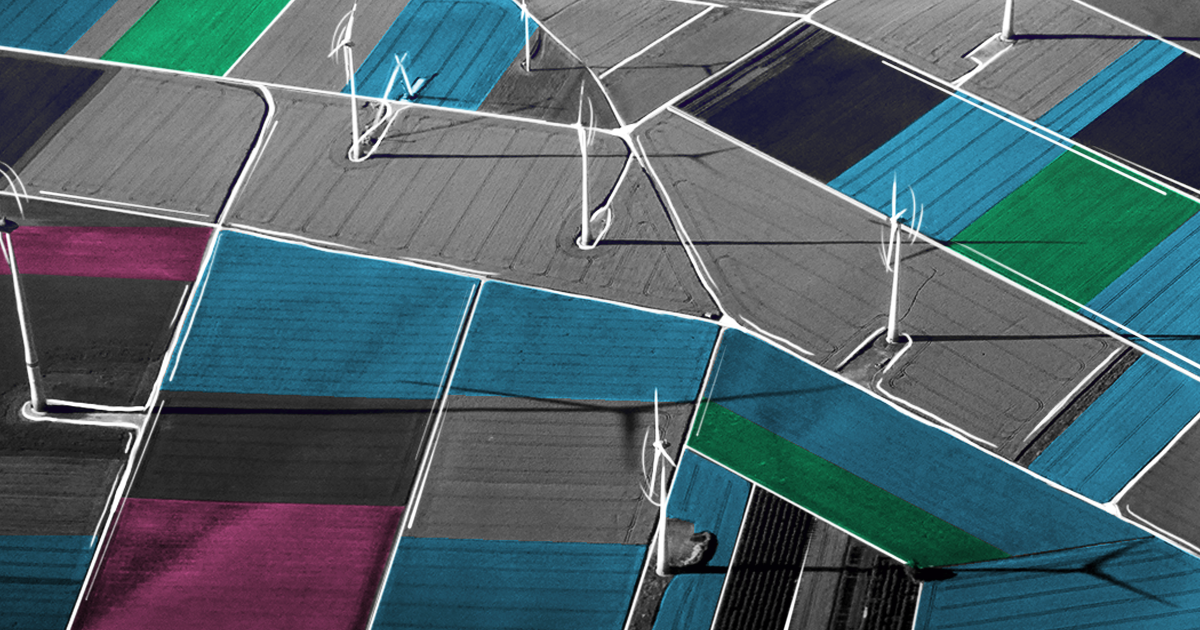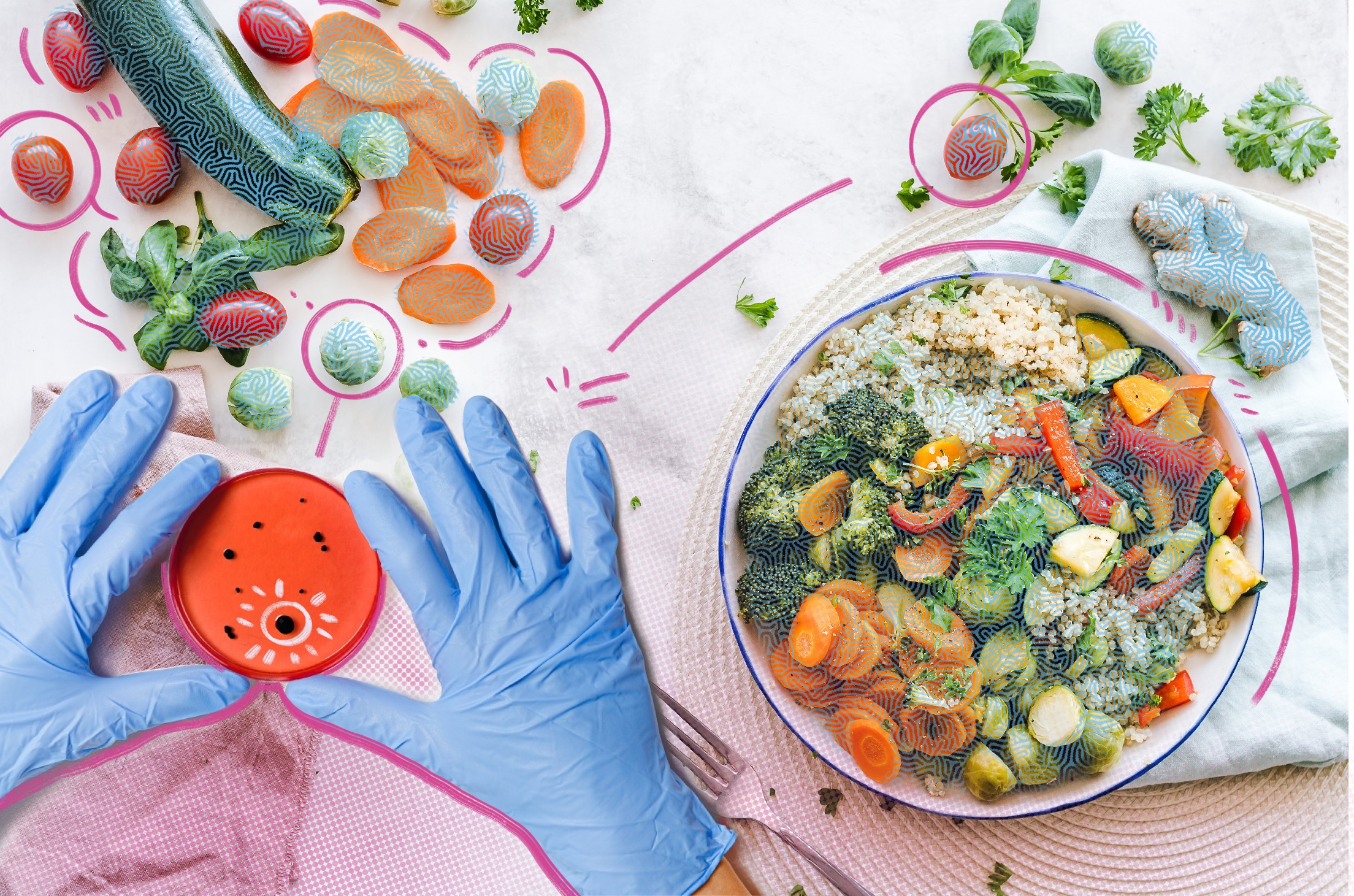Consumer backlash against plastic, government regulations and an increasing sense of corporate citizenship has led industry to step up its efforts to develop single-use products from paper and other alternative materials. Among plastic products, few are more prevalent than the bottle: the centuries-old container for beverages, perfumes and messages from those lost at sea.
Producing a paper bottle that is sustainable, recyclable and can compete with plastic on price is no easy feat. It will likely be years before we wake up to find beer bottles made of paper scattered across our front lawns. But why is it so hard, and how do the paper bottles being tested today stack up against plastic bottles? We spoke to several leading experts to find out.

L’Oreal’s “Seed Phytonutrients” packaged in paper bottles (Source: L’Oreal)
Sustainability
The environmental benefits of paper versus plastic are murkier than you might think. In terms of resource depletion, paper bottles require more materials to produce, which also carries negative impacts from production, use and disposal.
The environmental benefits of paper versus plastic are murkier than you might think.
“Often, less plastic material is needed to package the same product compared to paper, metal or glass,” said Reid Lifset, a Research Scholar at the Center for Industrial Ecology at Yale University.
Paper production also contributes to global deforestation, accounting for 42 percent of the wood harvested worldwide. The production line demands vast amounts of water; a single sheet of standard paper requires around three gallons. Studies comparing both processes have shown that paper production uses more water, requires more energy and creates more waste than plastic production.
Recyclability
 Plastic waste in the ocean (Source: The Ocean Cleanup)
Plastic waste in the ocean (Source: The Ocean Cleanup)
Roughly 300 million pounds of plastic are produced each year, 50 percent of which are used to make single-use items like bottles. Sophisticated recycling systems exist for commonly used plastics, but according to a 2017 study in Science Advances, nearly 79 percent of all plastic waste has escaped into the natural environment.

“Plastics are escaping from all the systems we have,” said Lifset. “Sometimes they are escaping from the user (litter), sometimes from the manufacturer (plastic pellets), sometimes from waste management systems (losses from trucks and facilities).”
Plastic waste in the environment degrades into microplastics (less than 5 millimeters in length) that harm marine and land systems. Responsible management of that waste is one solution, but alternative materials, such as paper, are another. However, the majority of today’s paper bottles still contain some plastic, typically in the lining, neck and cap. One of the biggest questions still facing paper bottles is how they will fit into the recycling stream, especially if constituent parts need to be separated.
“A plastic liner in a paper bottle makes it much harder to recycle,” said Dr. Sandeep Kulkarni, president and founder of KoolEarth Solutions. “The challenge is going to be, can we make the entire bottle out of pulp?”
For paper bottles to be recycled at the rate of plastic bottles, a widely effective, pulp-only version that integrates smoothly into the recycling stream would be required. Until that day, liners, caps and other non-paper bits make recycling paper bottles more difficult and do not fully eliminate plastic waste .
Costs
Paper bottles also cost more to manufacture than plastic bottles. The entire plastic production process has been refined over decades for maximum efficiency. Molding pulp takes longer than molding PET plastic, so fewer bottles can be produced per hour. More time spent setting, filling and capping paper-based bottles makes them a slower, pricier product to make.
More time spent setting, filling and capping paper-based bottles makes them a slower, pricier product to make.
Dr. Kulkarni, who worked on sustainable packaging for PepsiCo for eight years (with almost three of those spent on paper bottles specifically), said the biggest challenge is creating an adequate container that doesn’t get wet and break down.
“How can you make a bottle hold a liquid without harming recyclability and compostability while also maintaining functionality?” said Dr. Kulkarni.
One-piece bottles made exclusively from fiber or pulp need to be coated on the inside, a near-impossible task given the narrow neck. That means a slower manufacturing process, longer production runs and more energy used to obtain the same number of bottles.
 Absolut paper bottle prototypes (Source: Absolut)
Absolut paper bottle prototypes (Source: Absolut)
“It’s not quite as straightforward as a per-bottle cost,” said Adam Gendell, Associate Director of the Sustainable Packaging Coalition. “How is this going to work on our filling equipment? Will we need to do things slower? Will we have to change secondary and tertiary packaging? The variables add up.” In other words, you can’t just flip a switch and convert a supply chain optimized for plastic bottles to paper bottles.
In other words, you can’t just flip a switch and convert a supply chain optimized for plastic bottles to paper bottles.
And until a less costly, more efficient manufacturing process for paper bottles can be realized, plastic holds the advantage.
The Verdict
 Carlsberg beer paper bottles (Source: Carlsberg)
Carlsberg beer paper bottles (Source: Carlsberg)
The push away from plastics will yield new technologies in the world of beverage packaging, but paper bottles aren’t there yet. Fiber and pulp-based solutions have phased out plastic elsewhere–lunch trays, for instance–but the technology behind the bottle itself needs to improve before it can compete with the single-use, PET plastic bottle.
“There are probably 10x as many companies that will wait for that first wave to put bottles on the shelves,” said Gendell. “If the performance holds up, if the bottles do well in transit, if the bottles are marketed well–all things that have to be tested–I’d say we’d have a final verdict on the paper bottle in five years.”







